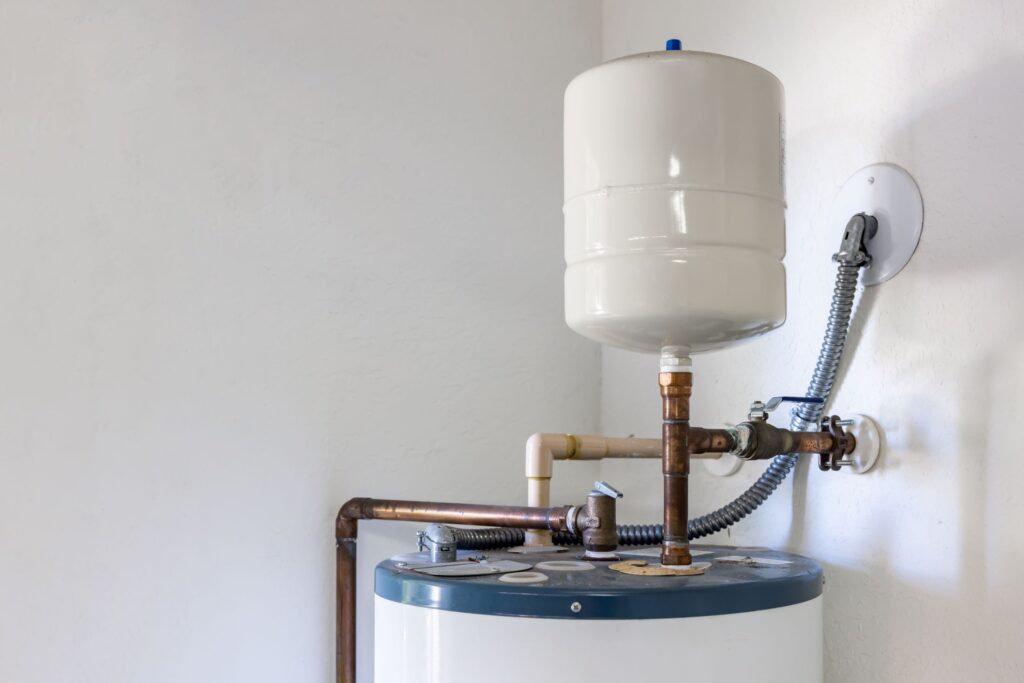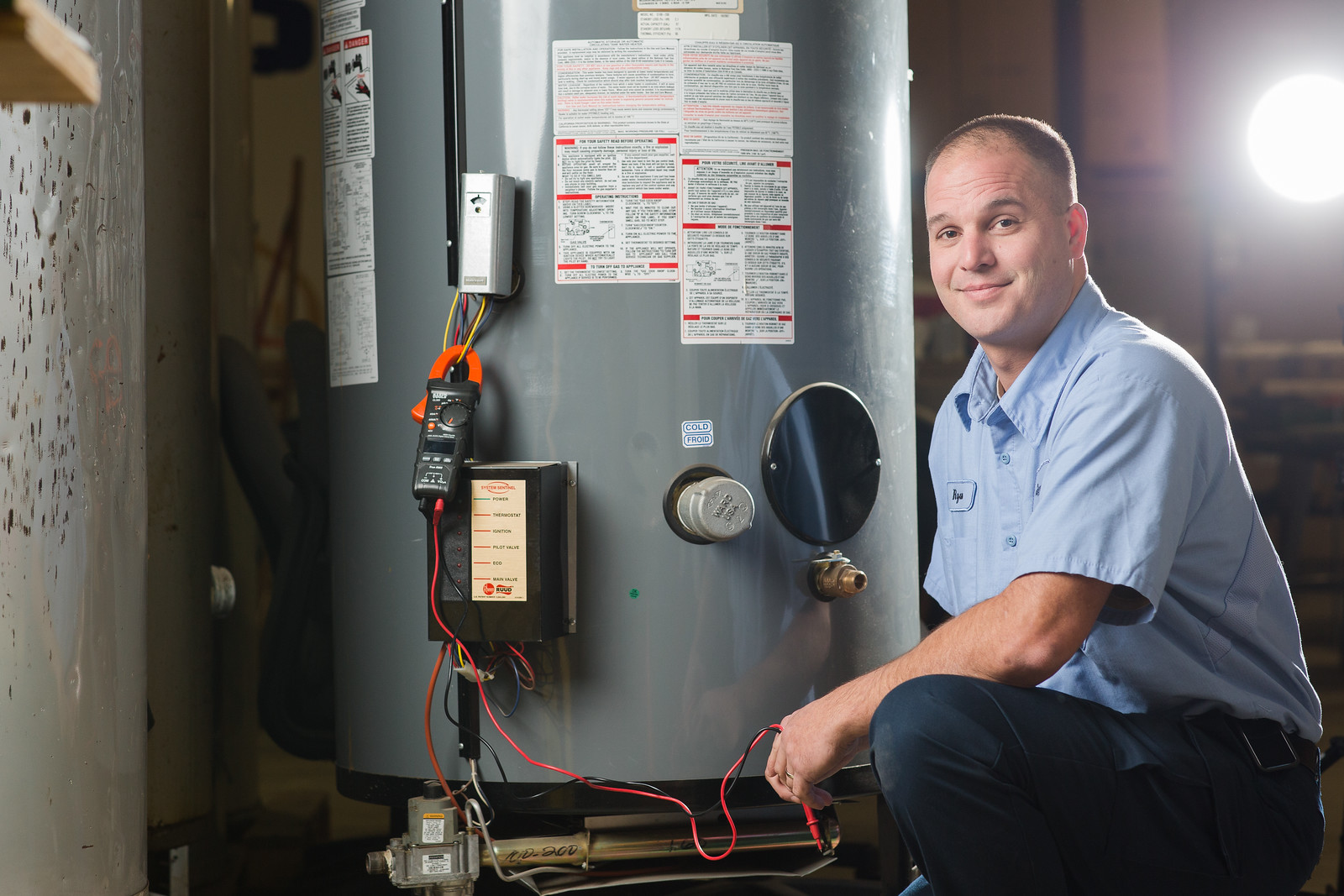Ways to Maintain Your Home's Hot Water System Functioning Well
Ways to Maintain Your Home's Hot Water System Functioning Well
Blog Article
Almost everyone is bound to have their private thinking about How to Maintain a Hot Water Heater in a Few Simple Steps.

Warm water is necessary for everyday comfort, whether it's for a refreshing shower or washing dishes. To guarantee your warm water system runs successfully and lasts much longer, routine upkeep is vital. This write-up offers sensible pointers and insights on how to maintain your home's warm water system to stay clear of interruptions and costly repairs.
Intro
Preserving your home's hot water system might seem overwhelming, yet with a few easy steps, you can guarantee it operates efficiently for years ahead. This guide covers everything from comprehending your warm water system to DIY maintenance suggestions and knowing when to employ specialist assistance.
Importance of Maintaining Your Warm Water System
Routine maintenance not only extends the life-span of your hot water system yet likewise ensures it runs successfully. Overlooking upkeep can result in reduced performance, greater energy bills, and even early failure of the system.
Indications Your Warm Water System Demands Maintenance
Understanding when your warm water system needs focus can prevent major issues. Watch out for indicators such as irregular water temperature level, unusual sounds from the heater, or rustic water.
Recognizing Your Hot Water System
Before diving right into upkeep tasks, it's practical to understand the fundamental parts of your warm water system. Usually, this consists of the hot water heater itself, pipes, anode rods, and temperature level controls.
Month-to-month Upkeep Tasks
Regular month-to-month checks can help capture minor problems prior to they escalate.
Purging the Hot Water Heater
Flushing your hot water heater gets rid of debris build-up, improving performance and prolonging its life.
Checking and Replacing Anode Rods
Anode rods avoid rust inside the container. Checking and changing them when worn is critical.
Inspecting and Adjusting Temperature Settings
Changing the temperature level setups makes certain optimal efficiency and safety and security.
Do It Yourself Tips for Upkeep
You can perform several maintenance tasks on your own to maintain your warm water system in leading problem.
Looking for Leakages
Regularly evaluate pipelines and links for leakages, as these can bring about water damages and greater costs.
Checking Stress Alleviation Valves
Checking the stress safety valve ensures it works properly and avoids excessive pressure buildup.
Protecting Pipelines
Protecting hot water pipes reduces warmth loss and can conserve energy.
When to Call an Expert
While DIY upkeep is beneficial, some issues call for specialist experience.
Facility Issues Calling For Professional Help
Instances consist of significant leakages, electrical troubles, or if your water heater is regularly underperforming.
Regular Professional Upkeep Perks
Expert maintenance can consist of complete assessments, tune-ups, and guaranteeing compliance with safety and security requirements.
Final thought
Routine maintenance of your home's warm water system is vital for efficiency, long life, and expense savings. By adhering to these suggestions and recognizing when to seek specialist aid, you can guarantee a reliable supply of warm water without unexpected interruptions.
Water Heater Maintenance: The Basics
Maintaining your water heater will ensure it operates efficiently and has a longer lifespan. Neglecting regular maintenance can lead to costly repairs and an even bigger chunk of your savings if you have to replace it sooner than necessary. But there’s good news: Most water heater maintenance tasks are relatively simple and easy for homeowners with basic DIY skills.
Flush the Water Heater
Over time, sediment and minerals can build up in the tank, reducing its efficiency and potentially causing damage. To flush the tank, turn off the power or gas supply, attach a hose to the drain valve near the bottom and open the valve to drain the water until it runs clear. Ideally, flush the tank annually.
Replace the Anode Rod
The anode rod is a sacrificial metal rod that helps prevent corrosion inside the tank. Inspect and replace it every three to five years or per the manufacturer's recommendation. To replace the anode rod, turn off the power or gas supply, drain a few gallons of water from the tank, unscrew the old rod and replace it with a new one. If the anode rod is significantly corroded or covered in calcium buildup, it's a sign the water heater may need to be replaced soon.
Tune-Up
A yearly tune-up can help identify potential issues and ensure your water heater operates at peak efficiency. This typically involves checking the thermostat, burner assembly (for gas heaters) and any other components specified by the manufacturer. During a tune-up, the technician may also clean the burner and adjust the pilot light (for gas heaters) or examine the heating elements (for electric heaters).
How to Maintain Your Water Heater
Insulate the tank. Insulating the tank can improve energy efficiency and reduce heat loss, saving you money on energy bills. You can purchase precut insulation blankets designed specifically for water heaters or use standard fiberglass insulation wrapped securely around the tank. Check the temperature. The recommended water temperature for most households is around 120 degrees Fahrenheit (49 degrees Celsius). Higher temperatures can increase energy costs and potentially cause scalding. Use a kitchen thermometer to check the temperature at the faucet nearest the water heater. Monitor water pressure. Excessive water pressure can strain the water heater and cause leaks or even tank failure. Install a pressure-reducing valve if necessary. The ideal water pressure range is between 60 and 70 PSI (pounds per square inch). Test the temperature and pressure (T&P) relief valve. The T&P relief valve is a safety feature that releases pressure if the tank gets too hot or the pressure builds up too high. Test it annually by lifting the lever and allowing a small amount of water to release. Replace the valve if it doesn't release water or reseal properly. Check for leaks. Regularly inspect the tank, pipes and fittings for leaks or corrosion. Deal with issues promptly to prevent further damage. Even a small leak can lead to significant water damage over time. Consider a tankless water heater. If your traditional tank-style water heater is nearing the end of its lifespan ( typically 10 years), consider replacing it with a tankless water heater. These units heat water on demand, reducing standby energy losses and potentially saving you money on your energy bills. Schedule professional maintenance. While homeowners can perform many water heater maintenance tasks, it's still a good idea to schedule professional maintenance every few years. A plumber or HVAC technician can thoroughly inspect the unit, identify potential issues and ensure it operates safely and efficiently. https://www.homeserve.com/en-us/blog/home-improvement/hot-water-heater-maintanence/

I am very fascinated with How to Maintain a Hot Water Heater in a Few Simple Steps and I hope you appreciated the entire piece. Sharing is caring. Helping others is fun. Thank you for going through it.
Visit Page Report this page